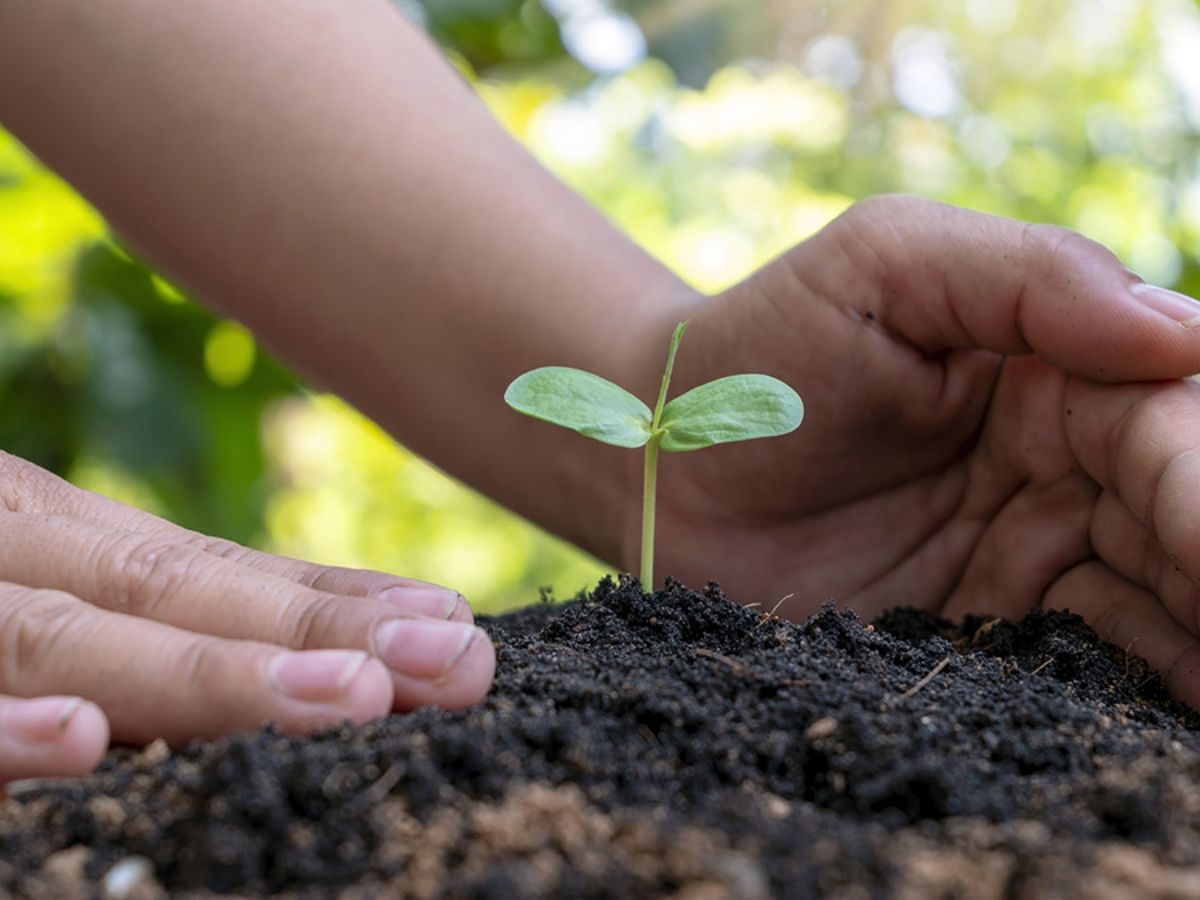
Conservation organizations play a pivotal role in safeguarding our planet's natural resources and biodiversity. Conservation efforts are more critical now than ever, with climate change, deforestation, and pollution posing significant threats to wildlife and ecosystems worldwide. These groups work tirelessly to protect endangered species, preserve habitats, and promote sustainable practices that benefit both nature and humanity. From vast national parks to small community reserves, conservation organizations are at the forefront of the fight against environmental degradation. In this blog post, we'll uncover 25 fascinating facts about these vital institutions. You'll learn about their innovative projects, successes in wildlife protection, and how they're making a real difference in conserving our world for future generations. Join us as we delve into the remarkable world of conservation organizations and their crucial mission to protect our planet.
Understanding Conservation Organizations
Conservation organizations play a pivotal role in safeguarding our planet's natural resources and biodiversity. These entities work tirelessly to protect, manage, and restore wildlife and natural habitats. Their efforts span across various fronts, including policy advocacy, scientific research, and community engagement.
-
Conservation International is among the leading organizations, focusing on protecting nature for the benefit of humanity. Its initiatives are spread across more than 30 countries.
-
World Wildlife Fund (WWF), recognized by its panda logo, operates in 100 countries and has been a major force in wildlife conservation and endangered species protection for over 60 years.
The Role of Community Engagement
Engaging local communities is crucial for the success of conservation efforts. People living in proximity to conservation areas often depend on these resources for their livelihoods. Thus, involving them in conservation strategies ensures sustainable resource management and protection.
-
Many conservation organizations have developed programs that empower local communities through education and sustainable development projects, ensuring that conservation efforts are inclusive and beneficial to all.
-
The Nature Conservancy works with indigenous peoples and local communities, acknowledging their critical role in nature conservation. This organization operates in 72 countries and has protected more than 119 million acres of land.
Scientific Research and Conservation
Scientific research underpins the efforts of conservation organizations, providing critical data that informs conservation strategies and policies.
-
The Wildlife Conservation Society focuses on science-based solutions to preserve the world's largest wild places in 14 priority regions.
-
Conservation organizations often collaborate with academic institutions and researchers to conduct studies on biodiversity, climate change, and ecosystem services.
Policy Advocacy for Environmental Protection
Advocating for strong environmental policies is another key area where conservation organizations make a significant impact.
-
They lobby for the creation and enforcement of laws that protect endangered species and their habitats.
-
Ocean Conservancy champions policies that protect ocean health and marine biodiversity, tackling issues like ocean acidification and plastic pollution.
Global Initiatives and Partnerships
To tackle environmental challenges that cross national boundaries, conservation organizations frequently engage in global initiatives and form partnerships with governments, other NGOs, and the private sector.
-
BirdLife International is a global partnership of conservation organizations that strives to conserve birds, their habitats, and global biodiversity.
-
These partnerships often result in significant conservation achievements, such as the establishment of transboundary protected areas and international conservation agreements.
Conservation Technology and Innovation
Leveraging technology and innovation is becoming increasingly important in conservation efforts.
-
Drones, satellite imagery, and remote sensing are tools that conservationists use to monitor wildlife and track illegal activities like poaching and deforestation.
-
Conservation X Labs focuses on harnessing the power of technology to create solutions for conservation challenges, encouraging innovation in the field.
The Importance of Marine Conservation
Marine ecosystems are under threat from overfishing, pollution, and climate change, making marine conservation a critical focus for many organizations.
-
The Marine Conservation Society works to protect the world's oceans and the creatures that inhabit them through advocacy, community involvement, and scientific research.
-
Protecting coral reefs, which are vital for marine biodiversity, is a priority for organizations like Coral Reef Alliance.
Wildlife Rehabilitation and Conservation
Rehabilitating and releasing injured or orphaned wildlife back into their natural habitats is another aspect of conservation work.
-
Wildlife rehabilitation centers are often supported or operated by conservation organizations, providing care for animals affected by habitat loss, pollution, or human-wildlife conflict.
-
These centers not only help individual animals but also contribute to the overall health of ecosystems.
Conservation Education and Awareness
Educating the public about the importance of conservation and how they can contribute is essential for long-term environmental sustainability.
-
Conservation organizations develop educational programs for schools and communities, raising awareness about environmental issues and encouraging sustainable practices.
-
Earthwatch Institute engages people in scientific research and education to promote the understanding and action necessary for a sustainable environment.
The Future of Conservation
Looking ahead, conservation organizations face the challenge of addressing the impacts of climate change on biodiversity and natural habitats.
-
Innovative approaches to conservation, such as rewilding and the use of artificial intelligence in environmental monitoring, are gaining traction.
-
The success of future conservation efforts will depend on global cooperation, sustainable funding, and the continued engagement of the public in conservation initiatives.
-
As biodiversity loss and climate change continue to pose significant threats, the work of conservation organizations is more important than ever.
-
Engaging younger generations in conservation through technology and social media is a growing focus, aiming to inspire a new wave of environmental stewards.
-
Financial support from individuals, corporations, and governments is critical for the ongoing success of conservation projects.
-
Conservation organizations also play a key role in achieving the United Nations Sustainable Development Goals, particularly those related to life on land and below water.
-
Finally, the resilience and adaptability of conservation organizations will be crucial in navigating the challenges and opportunities that lie ahead in their mission to protect our planet for future generations.
A Final Glimpse at Conservation Efforts
We've journeyed through the world of conservation, uncovering the dedication and hard work of organizations fighting to protect our planet. These groups, big and small, are the unsung heroes in the battle against environmental degradation, tirelessly working to preserve biodiversity, combat climate change, and educate communities. Their efforts, fueled by passion and science, show us that change is possible when we come together for a common cause. From restoring habitats to advocating for sustainable policies, their work is a testament to the power of collective action. Let's take inspiration from these stories and remember, each of us has a role to play in safeguarding the Earth's future. Supporting these organizations, whether through donations, volunteering, or spreading awareness, can make a world of difference. Together, we can ensure a healthier planet for generations to come.
Was this page helpful?
Our commitment to delivering trustworthy and engaging content is at the heart of what we do. Each fact on our site is contributed by real users like you, bringing a wealth of diverse insights and information. To ensure the highest standards of accuracy and reliability, our dedicated editors meticulously review each submission. This process guarantees that the facts we share are not only fascinating but also credible. Trust in our commitment to quality and authenticity as you explore and learn with us.


